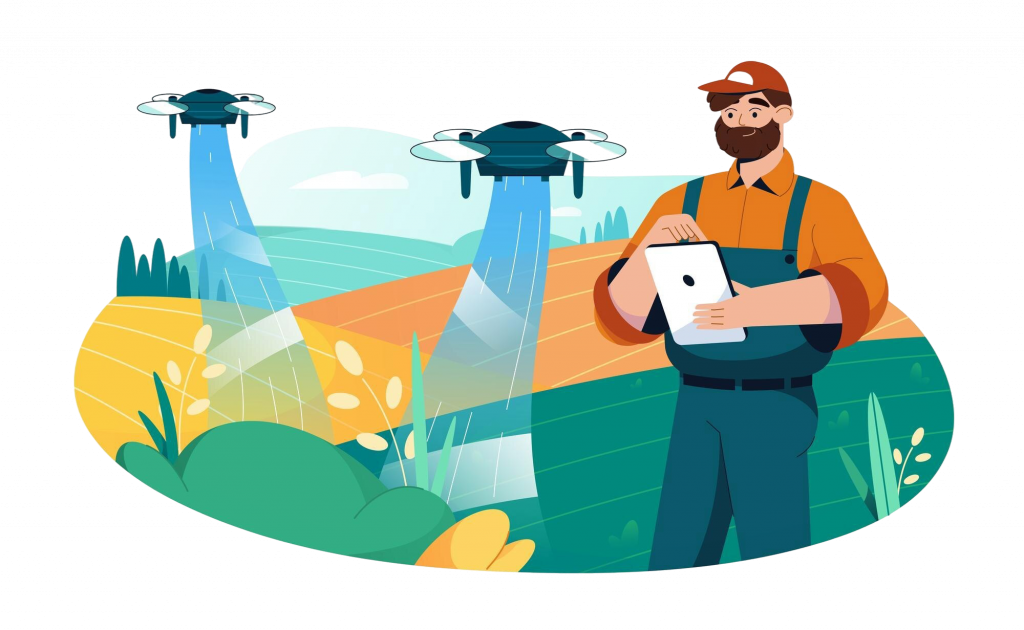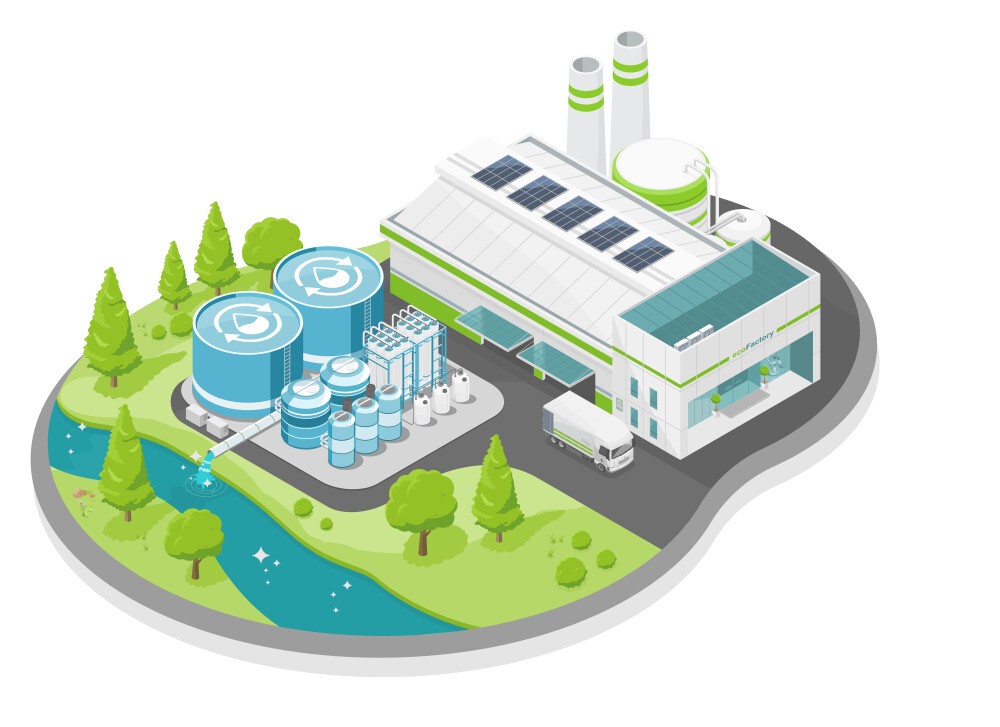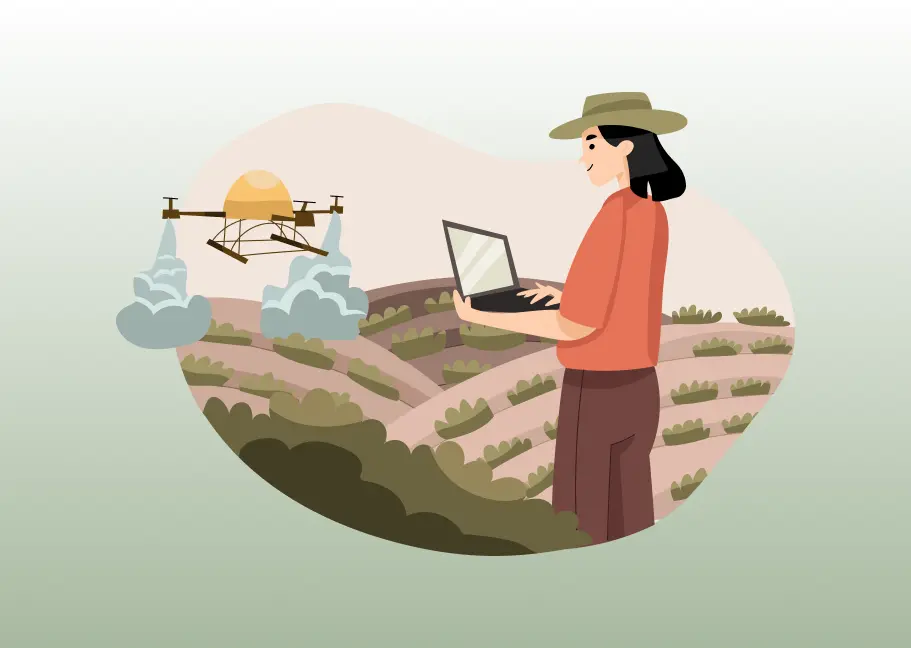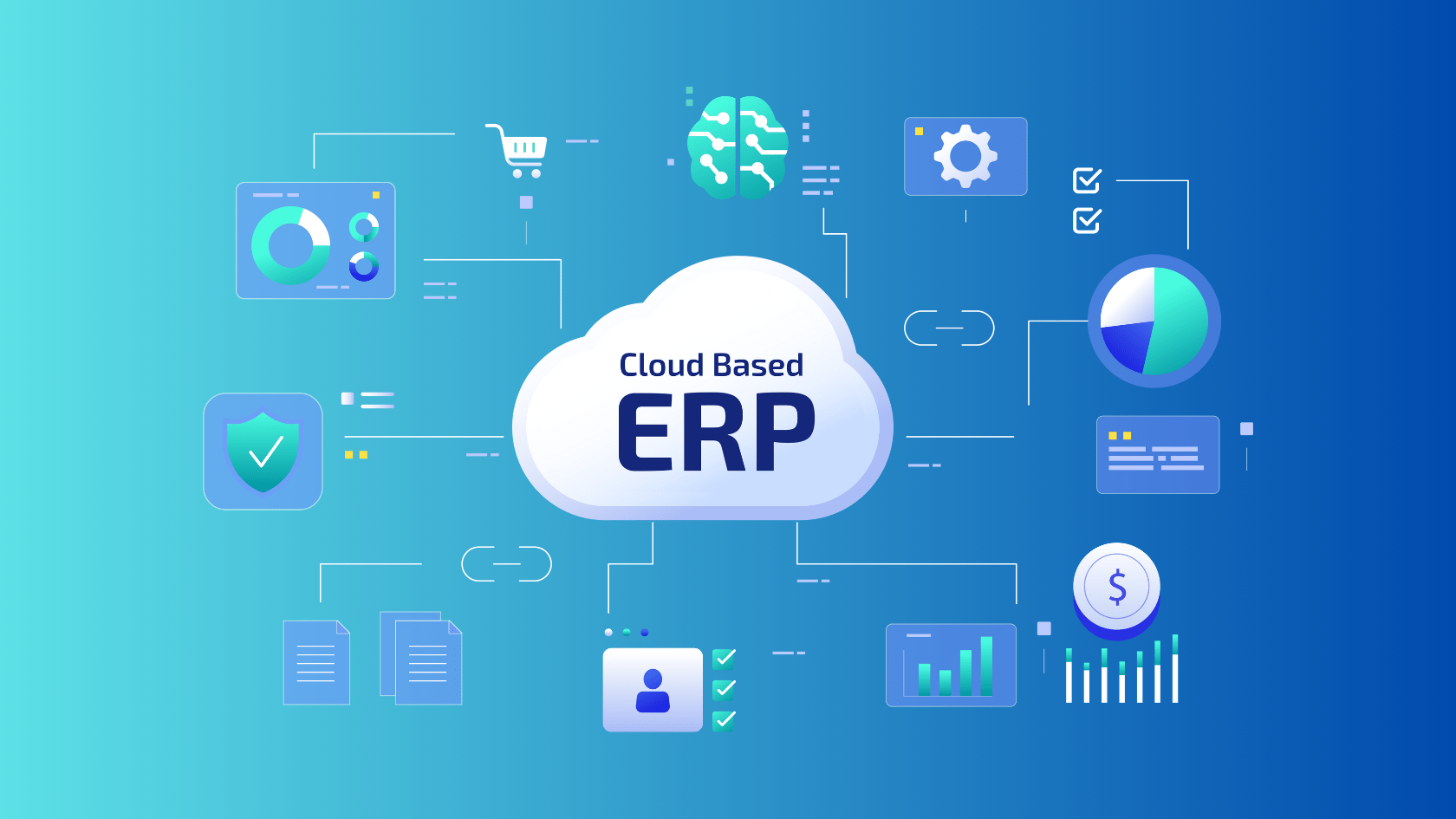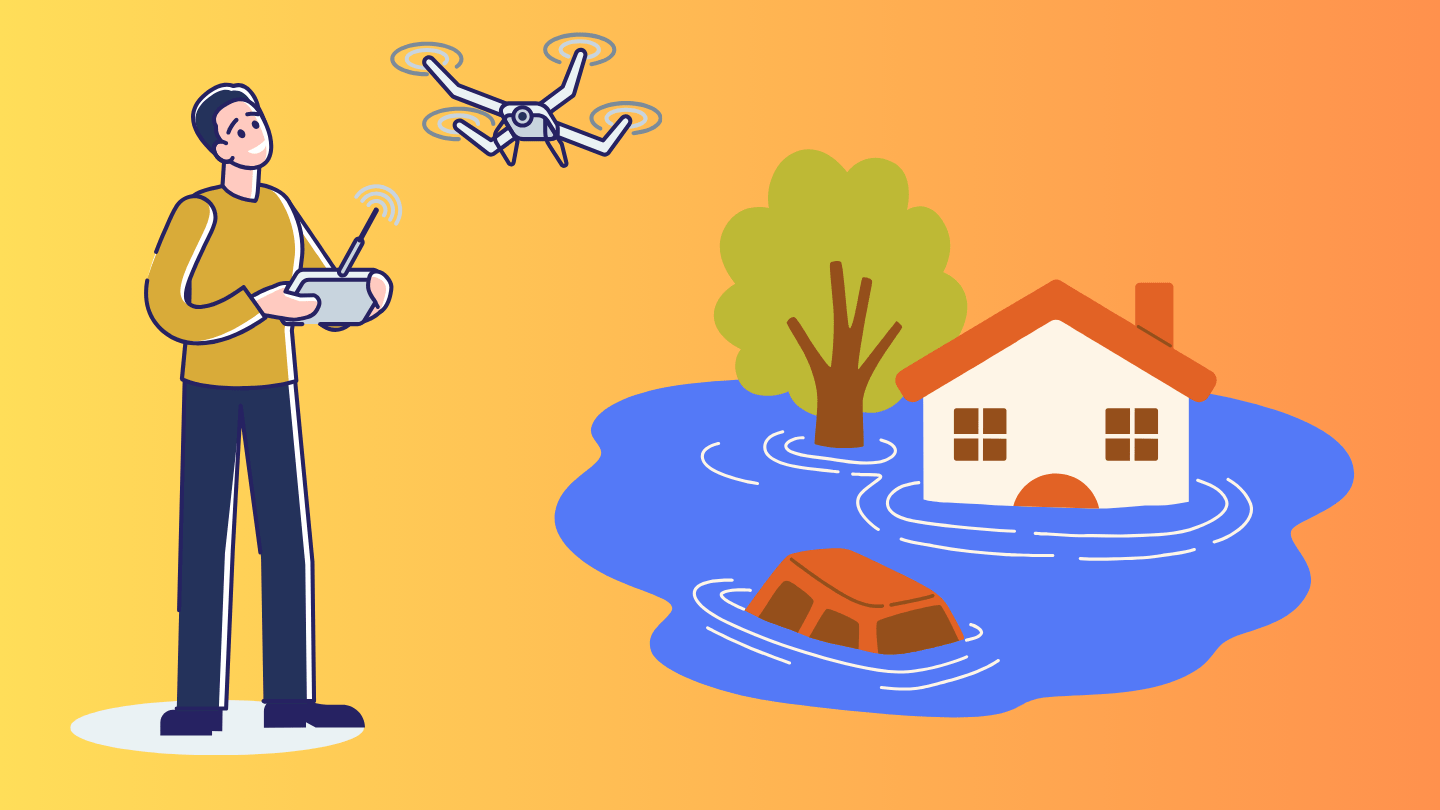
AI-Driven Irrigation Models: Precision Watering for Climate-Resilient Agriculture
Discover how AI-powered irrigation models enhance decision-making, reduce water wastage, improve crop health, and strengthen climate resilience through precision farming technology and IoT automation.

AI-driven irrigation models represent cutting-edge systems that optimize agricultural water use by integrating real-time data streams, machine learning algorithms, and automated controls. These technologies leverage inputs such as soil moisture sensors, meteorological forecasts, satellite imagery, and crop phenology data to precisely estimate crop water demand temporally and volumetrically. Within the framework of climate resilience, these models equip farming systems to anticipate, withstand, and adapt to climatic fluctuations including droughts, floods, heatwaves, and erratic precipitation patterns.
Climate resilience in agriculture (CRA) involves deploying adaptive strategies and technologies to reduce vulnerability to such climate-related risks, thereby securing food production, safeguarding farmer livelihoods, and maintaining ecosystem health. CRA harnesses climate information services, remote sensing, geographic information systems (GIS), and smart agricultural technologies to support data-driven decision-making. These tools enable farmers to optimize planting schedules, tailor irrigation applications, and fine-tune crop management practices in response to dynamic environmental conditions.
Precision watering minimizes wastage, mitigates water stress, and enhances agricultural productivity. By embedding AI within precision irrigation, CRA enhances water use efficiency, supports sustainable resource management, and fortifies agricultural systems against the uncertainties imposed by climate change. This synergy between AI-based irrigation and climate resilience strategies underscores a transformative evolution towards adaptive and sustainable agricultural food production systems capable of meeting future challenges.
Key features of AI-driven irrigation models include:
Keeping these in view, Vassar Labs has developed aquaIRRIGATION, an AI-powered irrigation management solution designed to help governments, enterprises, and farming communities optimize water use, improve crop health, and strengthen climate resilience. This modular platform addresses the challenges of water scarcity, inefficient irrigation, and climate variability, particularly in regions like India where agriculture consumes over 80% of freshwater but suffers up to 60% water wastage due to traditional methods.
Key features and impacts of aquaIRRIGATION include:
Through the combination of complex AI/ML algorithms with IoT and satellite data, aquaIRRIGATION exemplifies digital transformation in agriculture, enabling precise water application that conserves resources, sustains yields, and supports rural livelihoods in a climate-volatile world. It is an advanced smart irrigation decision support system engineered to optimize water use efficiency within canal command areas reducing carbon footprints associated with over-irrigation and energy-intensive pumping.
This system has demonstrated success in practical implementations, such as pilot projects across Indian states like Telangana, producing measurable environmental, social, and economic benefits by ensuring that every drop of water counts toward long-term food and water security.
aquaIRRIGATION constructs a dynamic digital twin of the canal network, enabling continuous monitoring and management of water flow across the command region. Some of the notable implementations can be seen in the following places:
Field-level engineers have access to monitor all relevant irrigation data within their jurisdiction, enabling precise oversight. The platform facilitates visualization of water release data at the distributary, minor, and sub-minor canal levels, delivering cycle-wise water release information for each canal hierarchy segment. This technical integration enhances real-time monitoring and management, optimizing water distribution efficiency and supporting informed decision-making throughout the canal command area.
By enabling informed, data-driven decision-making for farmers, irrigation managers, and policymakers, aquaIRRIGATION fosters sustainable water usage, enhances crop productivity, and strengthens climate-resilient agricultural systems. This integrated approach addresses inefficiencies in traditional irrigation that lead to excessive wastage and crop stress, driving a transformative shift towards precision irrigation.
This technical system encapsulates holistic canal command area irrigation management through real-time data integration, satellite monitoring, AI analytics, and continuous feedback, thus ensuring resource-efficient and climate-adaptive agriculture. This description reflects advanced irrigation canal control and monitoring solutions consistent with aquaIRRIGATION technology for sustainable water resource management.
Collectively, these efforts highlight the growing adoption of advanced decision support frameworks aimed at climate-resilient, efficient, and sustainable irrigation water management in diverse agricultural landscapes employing AI-powered algorithms for real-time crop detection and classification, aquaIRRIGATION analyzes crop growth dynamics and seasonal variations to support adaptive water management. The system estimates precise crop water requirements based on crop type, phenological stage, and prevailing weather conditions.
Interested in optimizing irrigation efficiency and boosting agricultural productivity with aquaIRRIGATION? Book a demo today.


